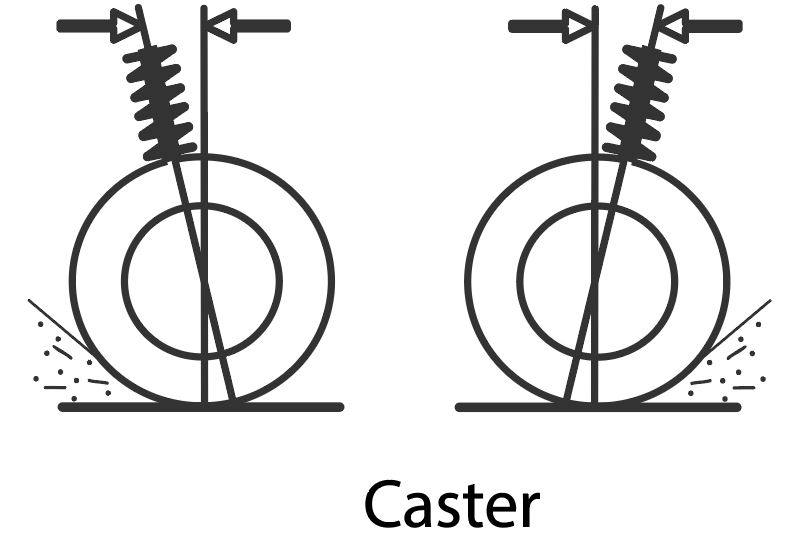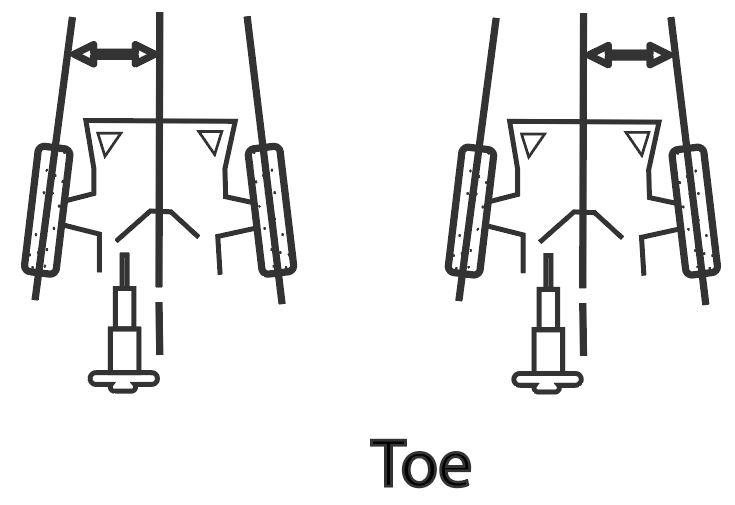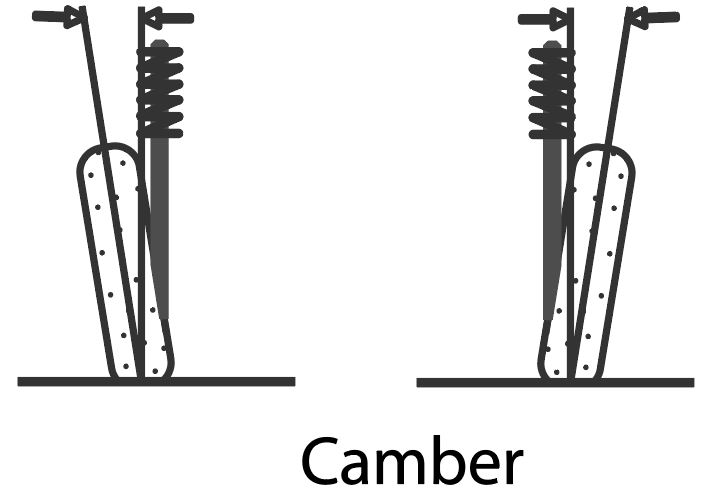How Suspension Problems Cause Irregular Tire Wear
Tires are a critical part of your vehicle – they’re the only part of your vehicle that make contact with the road. In conjunction with other components, they’re responsible for making your vehicle travel forward, roll to stops, and corner safely. Because of their importance, it is a good idea to keep an eye on them regularly to see how well they are wearing. In other guides, we have discussed how tires prematurely wear; however, in this guide, we will get more in-depth about suspension components and the role they play in tire wear.
Inspecting Tires
Tires should be inspected frequently for chips, tears, punctures, and wear. By using a tread depth gauge, you can measure the depth of your tire tread – the highest point of tread to the deepest groove. The minimum legal limit for tread depth is 2/32 of an inch; however, you should replace your tires when they are at 5/32 of an inch, especially if they are winter tires used in snowy, wet, or icy conditions.
RELATED RESOURCES:
Checking for irregularities in wear on your tires is also important. This means that your tires should have relatively similar wear across all four positions but also similar wear across different positions of any individual tire. When checking a tire’s tread depth, check the inside tread (closest to your vehicle chassis), center tread, and outer tread. If, for example, the inside of your tire’s tread is bald but the outer and middle tread is regular, this signals a possible issue with the tire’s inflation or your vehicle may be experiencing issues with its suspension.
The Role Of Your Vehicle’s Suspension
Your vehicle’s suspension system is responsible for making sure you have control of your vehicle, smoothing out the ride over bumps, and maintaining contact between the road and your vehicle’s tires. Suspension is typically made up of springs, shock absorbers, rods/links, joints, bearings, and bushings. The combinations of these components are what ensures your tires are pointed in the right direction of travel and ensures that you can effectively corner and turn.
Suspension components can experience a lot of different forces as you drive. City drivers are especially exposed to potholes, obstructions, stop-and-go traffic, and maneuvering throughout a typical drive. For these reasons, suspension components frequently wear out and are often the most common repairs made on a vehicle. Some vehicle models are notorious for premature suspension wear due to poor engineering. If you own one of these vehicles, you are likely aware of it and may have experienced irregular tire wear in the past.
How Suspension Failure Wears Tires
Tires wear due to many conditions, but the primary factor is contact with the road. If your suspension wears, it can become “loose” and will not hold your tire straight. When driving, you may experience pull due to the effect of loose suspension. In technical terms, we call this camber, toe, and caster angles.
In the below example, you can see that a tire without the correct camber angle will contact the road primarily on the inside or outside of its tread block.

RELATED RESOURCES:
In this case, your vehicle will need the faulty suspension component replaced before a wheel alignment. If your vehicle receives a wheel alignment without the faulty suspension component replaced, it will simply fall out of alignment again shortly after.
Wheel Alignments
Your vehicle’s wheel alignment refers to three measurements:
- Camber- The outward or inward angle of your tire (positive or negative camber) when viewed from the front.
- Toe- The outward or inward angle of the front of your tires (toe out or toe in) when viewed from above.
- Caster – The angle of your tire when viewed from the side.



Your vehicle may fall out of alignment over time due to regular driving conditions, not ONLY due to failing suspension; however, just like failing suspension components, a misaligned wheel will cause your tire’s tread block to contact the road improperly and, thus, wear unevenly.
If You Suspect Issues, Book an Inspection
If you experience any signs of failing suspension components, book an inspection at your local Integra Tire. These symptoms include:
- A pulling sensation in your steering wheel or the inability to maintain a relatively straight direction of travel.
- Any irregular noises when driving, such as a “knocking” noise when traveling over bumps or a high-pitched squeak or squeal from your springs.
Suspension problems can be concerning, dangerous, and costly; however, they become more so when they are left long enough to prematurely wear your tires or wear them unevenly. This is why we recommend repairing suspension issues as soon as possible.

